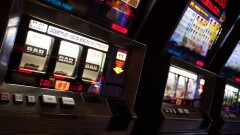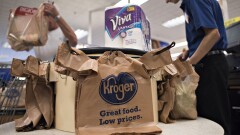Amazon Go may be stealing the spotlight, but it is far from alone in the rush to revolutionize in-store checkout through the use of sensors, scanners, mobile devices and more.
The ultimate goal of these projects is to reduce lines and increase foot traffic, but they rely on a solid foundation of digital payments technology. All of these systems have, in their DNA, a desire to move consumers to a digital payment option and away from cash and checks.
It's no accident that most of these projects often occur in a grocery store setting. That industry is notorious for long lines, aggravated by carts full of groceries that take a long time to unload, ring up, and bag — a process made even longer if the shopper pulls out a checkbook at the end.
This item is compiled from reporting by PaymentsSource writers including John Adams, Kate Fitzgerald, David Heun and Michael Moeser. Click the links in each item to read more.














